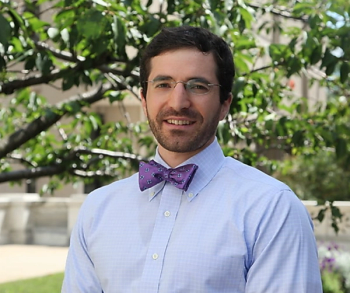
Medical Device Payments to Physicians Exceed Those Paid by Drug Companies
Research shows medical device companies provide higher payments than drug companies to physicians, but greater research is needed to understand the relationships and how they could impact consumer welfare.
Although there has been a lot of focus on payments from pharmaceutical companies to physicians, medical device companies provide higher payments. The relationships between medical device firms and physicians differ than those between drug companies and physicians, according to a
The research examines medical device payments across payment types and specialties, as well an examination of pharmaceutical industry payments. While there are justifications for the relationships between industry and physicians, “industry observers and policy makers have raised concerns that physicians’ treatment decisions may be biased by financial relationships,” the authors explained.
Although drug and device companies are grouped together, their interaction with physicians can differ greatly in several ways:
- Drugs are taken orally, but devices often are implanted
- Almost all drugs are therapeutic, but devices have a greater variety of purposes, including therapeutic or preventive, diagnostic, or used to monitor patients
- Drugs are metabolized by the body, but devices may stay in the patient’s body for years
“One way of looking at these differences is that devices may require physicians to learn from firms and firms to learn from physicians in a way that most drugs do not,” the authors wrote.
They used 2014-2017 data from the Centers for Medicare and Medicaid Services Open Payments website, which has information on industry payments to physicians. They analyzed physicians by their National Provider Identifiers (NPIs) for the same time period and matched Open Payments recipients to the NPIs.
On average, medical device vendors paid $905 million each year to 196,624 physicians, while vendors paid $821 million each year to 331,187 physicians. Medical device vendors paid more money to a smaller proportion of active physicians: 30% vs 50%.
In addition, the pharmaceutical industry is much larger, and their payments represented only 0.24% of drug industry revenues compared with medical device payments to physicians, which represented 1.7% of device industry revenue. “Device firms also paid larger amounts to fewer physicians,” they added.
Nineteen percent of payment dollars for drug companies and 7% of payment dollars for device companies was for food and beverage payments. Education payments from device companies was four times payments from drug companies, and those payments per physician from device companies were 24 times what drug companies paid.
Specialists such as cardiologists, urologists, obstetricians-gynecologists, and ophthalmologists received significant payments from both drug and device vendors. Physicians in surgical specialties had the highest payment rates and highest median annual payments from device vendors. The median annual payments from device vendors to neurosurgeons was $454 and to orthopedic surgeons was $410 compared with a range of $14 to $44 for nonsurgical specialties at the bottom.
Meanwhile, nonsurgical specialties receive the highest payment rates and highest median annual payments from drug vendors. Medical oncologists received $846 annually, endocrinologist received $624, and rheumatologists received $707 compared with $31 to neurosurgeons and $35 to orthopedic surgeons.
“Policy makers tempted to extrapolate from the more developed literature on drug payments to the device industry should exercise caution,” the authors warned.
They concluded that there is a need for greater research into the implications of these relationships.








































